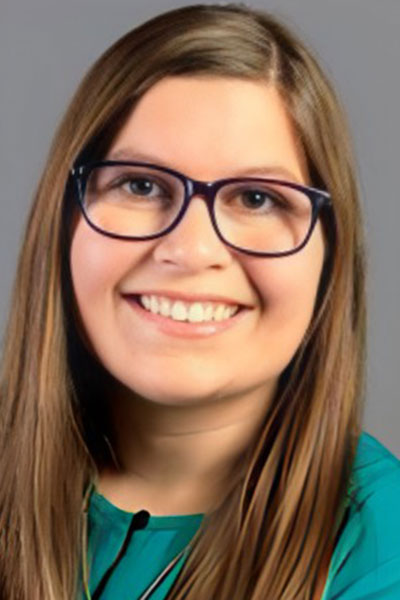Published last year in the journal The Science of Diabetes Self-Management and Care, “Professional Competencies for Diabetes Technology Use in the Care Setting” described the diabetes technology competencies essential for all levels of the care team and support staff in various care settings.

The ADA/ADCES Joint Symposium—Implementing Technology into a Busy Practice—It Takes a Village! featured members of the multidisciplinary working group from the American Diabetes Association® (ADA) and the Association of Diabetes Care and Education Specialists (ADCES) that developed the competencies who discussed the process of integrating technology into practice and determining the potential roles and competencies for the entire care team.
“We all know that technology is exploding in the diabetes space, so when we talk about professional competencies for diabetes technology, it’s about who can do what because it’s a lot of work to learn about all these things and be competent,” said Jane Jeffrie Seley, DNP, MPH, MSN, GNP, RN, BC-ADM, CDCES, CDTC, Assistant Professor of Medicine in the Division of Endocrinology, Diabetes, and Metabolism at Weill Cornell Medicine. “The thing that I’ve learned in my practice is you have to engage as many people in your practice as you can, and that includes all of your support people, the people who answer the phones, the people who make appointments. Everyone has to be involved at some level, so one of our biggest goals in developing these competencies was to get to that—who can do what.”
Allyson Hughes, PhD, Assistant Professor in Department of Primary Care and the Diabetes Institute at Ohio University Heritage College of Osteopathic Medicine, discussed the methodology used in developing the competencies and the key role of diabetes care and education specialists (DCESs) in introducing and implementing them into practice.

A modified Delphi study was used to validate the proposed standards, and seven domains of diabetes technology competencies were proposed:
- Staff knowledge
- Device data
- Glycemic targets and diabetes management
- Patient education, preparation for onboarding, and durability of use
- Clinical processes, billing, and coding
- Psychosocial
- Schools and camps
Within each domain, the competencies are organized by basic, fundamental, intermediate, and advanced practice levels.
“These competencies aim to represent and achieve the ADCES mission to empower DCESs to expand the horizon of innovative diabetes education, management, and support. The practice levels can actually assist health systems, policymakers, and workforce educators to incorporate the levels into practice and policy,” Dr. Hughes said.
Ultimately, the goal is to create a better pathway for the uptake of continuous glucose monitoring (CGM) and other diabetes technology use, and to make use of the technology easier for patients living with diabetes and for the people working in the clinic.
“These competencies should guide the DCES and other care members to improve the clinical practice workflow,” Dr. Hughes said.

Shivajirao P. Patil, MD, MPH, BC-ADM, FAAFP, Research Division Director and Assistant Professor in the Department of Family Medicine at East Carolina University, concluded the presentations with a discussion about how the competencies were developed to be applied in various clinical care settings.
“Rather than simply just defining the competencies, we realized that we had to take into account the role of a provider, because a provider may have different roles in different settings,” Dr. Patil said. “So, we divided settings into specialty care and primary care, both adult and pediatric, as well as inpatient and outpatient settings.”
Additionally, he said they included other community settings, such as schools, youth camps, long-term care and rehab facilities, group homes, and home-based care.
“We tried to be very inclusive of all the different clinical settings or practice settings,” Dr. Patil said. “This is the first attempt to create these comprehensive diabetes competencies and, as new technology comes, new roles and new processes will have to be developed and we will have to update these competencies as needed in future.”

